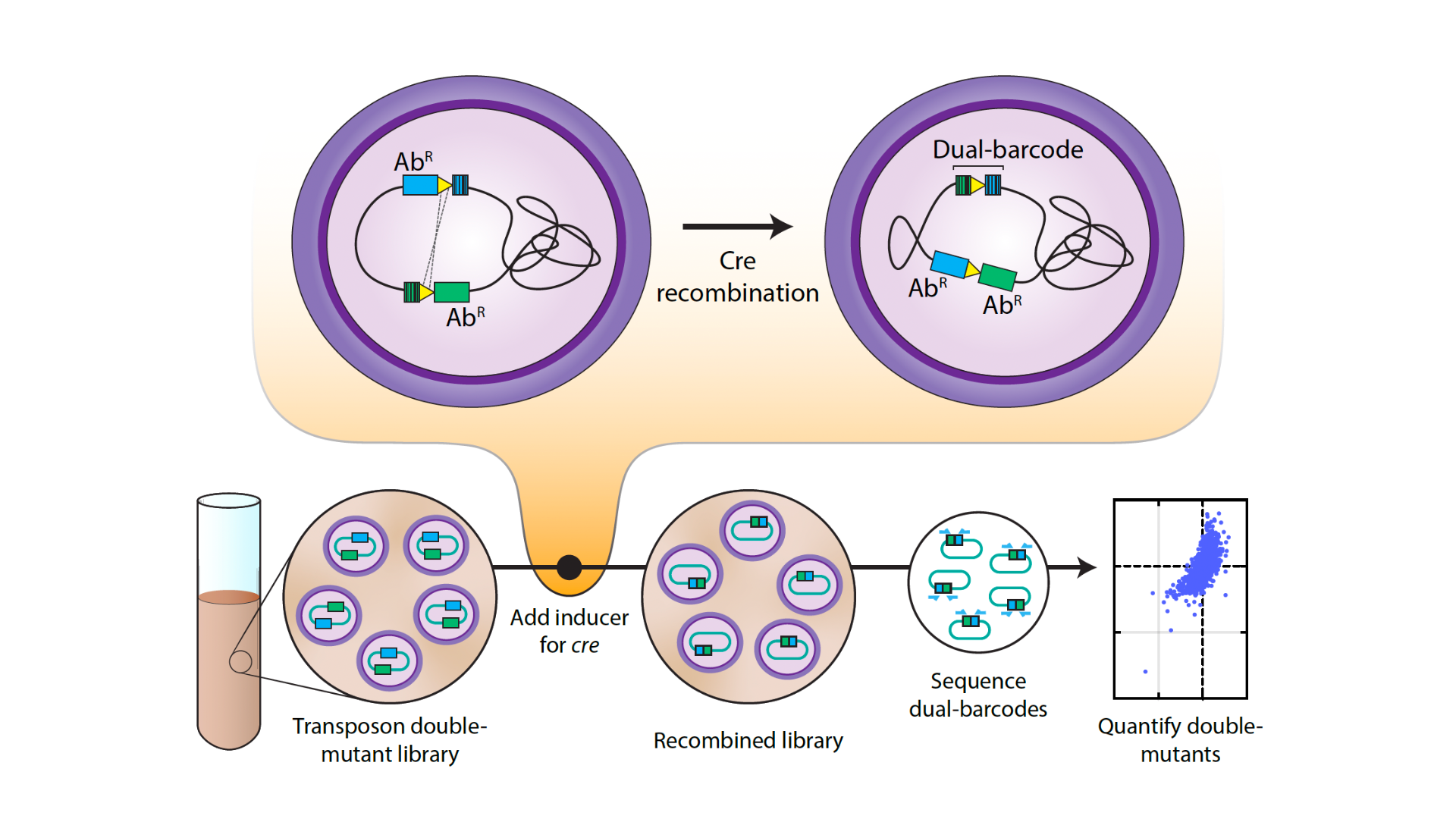Under the Microscope
Latest Research News

Dual transposon sequencing profiles the genetic interaction landscape in bacteria
Gene redundancy complicates systematic characterization of gene function as single-gene deletions may not produce discernible phenotypes. We report dual transposon sequencing (dual Tn-seq), a platform for assaying the fitness of a comprehensive double mutant pool in parallel. Dual Tn-seq couples random barcode transposon site sequencing with the Cre-lox system, enabling deep sampling of 73% of the 1.3 million possible double gene deletions in Streptococcus pneumoniae. The genetic interactions identified span a wide range of biochemical processes, revealing new factors in presumably well-studied pathways, exemplified by a cytidine triphosphate synthase PyrJ. Moreover, this approach should permit further investigation of growth condition–specific genetic interactions. Because dual Tn-seq does not require the construction of a large array of single mutants, it should be readily adaptable to various microorganisms.
Zik JJ, Price MN, Mayra KHA, Santoso AA, Arkin AP, Deutschbauer AM and Sham LT. Dual transposon sequencing profiles the genetic interaction landscape in bacteria. Science 389. 2025; eadt7685. DOI: 10.1126/science.adt7685
